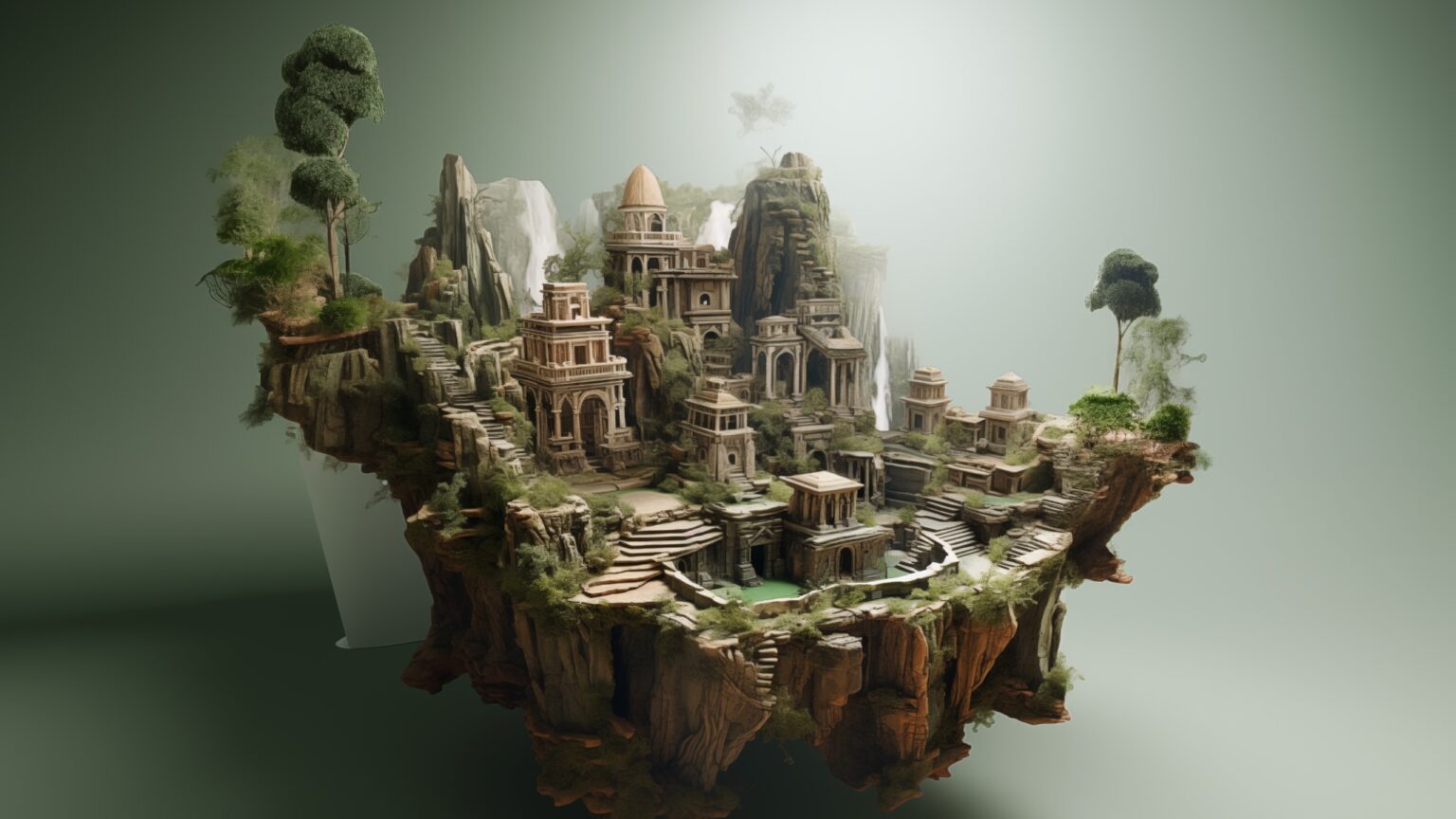In the latest development for the 3D design and visual effects (VFX) industry, Foundry’s release of Nuke, a compositing tool, brings enhanced support for Open Universal Scene Description (OpenUSD).
OpenUSD, initially developed by Pixar, has evolved beyond its animation roots, becoming a standard in various industries for managing complex 3D scenes and workflows.
At #SIGGRAPHAsia2023, we were excited to meet with everyone and share the latest breakthroughs in #AI and the #OpenUSD ecosystem. Learn the power of OpenUSD for custom 3D pipelines, easing 3D tool development and interoperability between 3D applications. https://t.co/9njrLwdvNx pic.twitter.com/CKJwti1CMP
— NVIDIA Asia Pacific (@NVIDIAAP) December 18, 2023
The latest integration into Nuke offers artists and designers control and flexibility. Highlighting OpenUSD’s impact, Jacob Zirkle, a YouTuber and 3D artist, utilized it to create a sci-fi ship. His workflow integrated Blender and Unreal Engine elements, seamlessly brought together in Nuke through OpenUSD. This process enabled real-time updates and changes across multiple platforms without the need to juggle various file formats.
Edward McEvenue’s project
In another instance, Edward McEvenue, an associate creative director at NVIDIA, leverages OpenUSD in his short film “Dare to Dream.” His workflow, encompassing Autodesk 3ds Max, SideFX Houdini, Chaos V-Ray, and Nuke, showcases OpenUSD’s adaptability in integrating diverse 3D scene creation and rendering tools.
The adoption of OpenUSD extends into the architecture, engineering, construction, automotive, and manufacturing sectors. Its versatility in handling intricate 3D assets makes it indispensable for applications ranging from product design to the creation of digital twins in manufacturing processes.
OpenUSD is creating extensible 3D scenes
Beyond the traditional metaverse concept, according to The New Stack report, OpenUSD aims to establish interoperable and extensible 3D environments seamlessly integrated across diverse applications, from entertainment and gaming to architecture, engineering, and industrial use cases.
However, OpenUSD is a versatile framework for describing, composing, simulating, and collaboratively constructing 3D scenes of any scale.
Aaron Luk oversees USD engineering at NVIDIA and explains,
“OpenUSD is a highly extensible framework for describing, composing, simulating, and collaboratively navigating and constructing 3D scenes at any scale.”
Its composition capabilities enable diverse methods for aggregating assets into larger assemblies, thus accelerating collaborative workflows across multiple applications and projects.
Beyond entertainment
OpenUSD has rapidly evolved from its roots in the entertainment industry and is now making inroads into the architecture, engineering, construction, automotive, and manufacturing sectors. Its adoption spans industries where intricate 3D assets and environments are critical.
For instance, IKEA and Lowes have joined the Alliance for OpenUSD (AOUSD) to create standards for managing 3D content. IKEA envisions using OpenUSD to handle 3D content for furniture, from CAD models to manufacturing guides and marketing materials.
The New Stack report states that OpenUSD is a game-changer for industrial applications, ranging from augmented reality and spatial computing to Industrial IoT (IIoT), factory digital twins, and computer vision. It facilitates simulations and scientific computing, particularly in areas like computational fluid dynamics and finite element analysis, which have applications in product design and manufacturing.

OpenUSD in practice
One of OpenUSD’s practical applications is aiding architects in predicting how sunlight affects landscapes, facilitating more energy-efficient designs. It also enables the creation of virtual factories for manufacturers like BMW, allowing them to plan and optimize manufacturing processes by combining 3D data from various sources. The BMW Factoryverse, based on NVIDIA’s OpenUSD-based Omniverse platform, offers a collaborative environment for teams to design and refine factory layouts without interfering with one another’s work.
OpenUSD also serves as a bridge to incorporate generative AI into 3D scenes. Users can combine their 3D assets and data from digital twins with real-world 3D geospatial data from multiple sources. AI services like Adobe’s Firefly generative models and Omniverse Audio2Face can easily integrate with OpenUSD, enriching 3D environments with AI-animated characters and facial animations.









 and then
and then